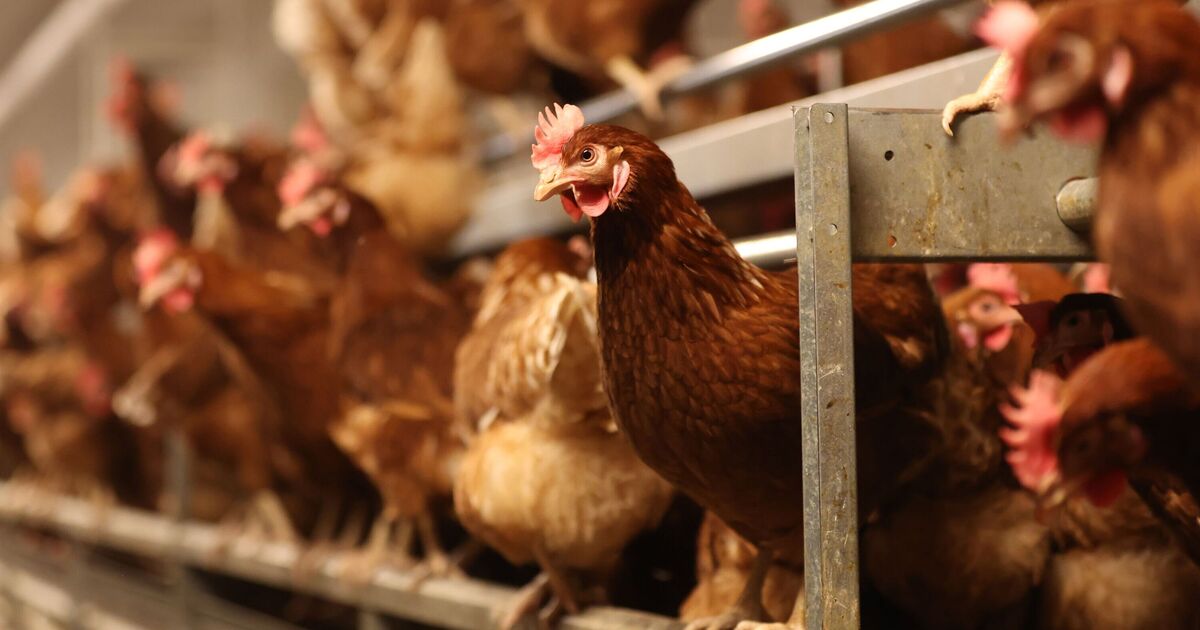Authorities are on high alert as bird flu was detected in a sheep, raising alarm bells with health experts. Cases of the disease, belonging to the Orthomyxoviridae family, are worryingly on the rise as the virus continues to claim the lives of mammals.
The UK Health Security Agency says the H5N1 virus is still primarily a bird disease, but still tops the list of viruses likely to cause a pandemic, according to Sky News science correspondent Thomas Moore. A sheep in Yorkshire was the first in the world that is known to have been infected. Dairy cattle in the US, as well as horses have been found to harbour the virus too. The infection is causing great concern due to the signalling of adaptation to mammalian cells as the bird virus jumps across species.
With humans having such close contact with domesticated animals, concerns are rising due to the H5N1’s opportunity to jump species again.
Routine testing of livestock on UK farms with infected poultry is a result of the US cattle outbreak, which is how the sheep was detected to have it.
All other sheep on the farm were negative, and the ewe was culled. Further tests are now being carried out on the virus that infected the Yorkshire animal.
Across the UK, large areas have been marked as avian influenza prevention zones due to the widespread number of cases. This comes as millions of poultry have been culled over the past few months.
The situation is being closely monitored by the Animal Plant Health Agency as bird flu has spread to wild mammals.
Dead seals in north Norfolk were infected with the disease as foxes, otters and dolphins have been found with the virus.
In the US, authorities were too slow to act when the virus was initially found in cattle. This has resulted in the virus spreading to at least 950 herds in 16 states, Sky News reports.
Traces of the disease has been detected in milk on supermarket shelves too, yet this has been labelled as harmless.

